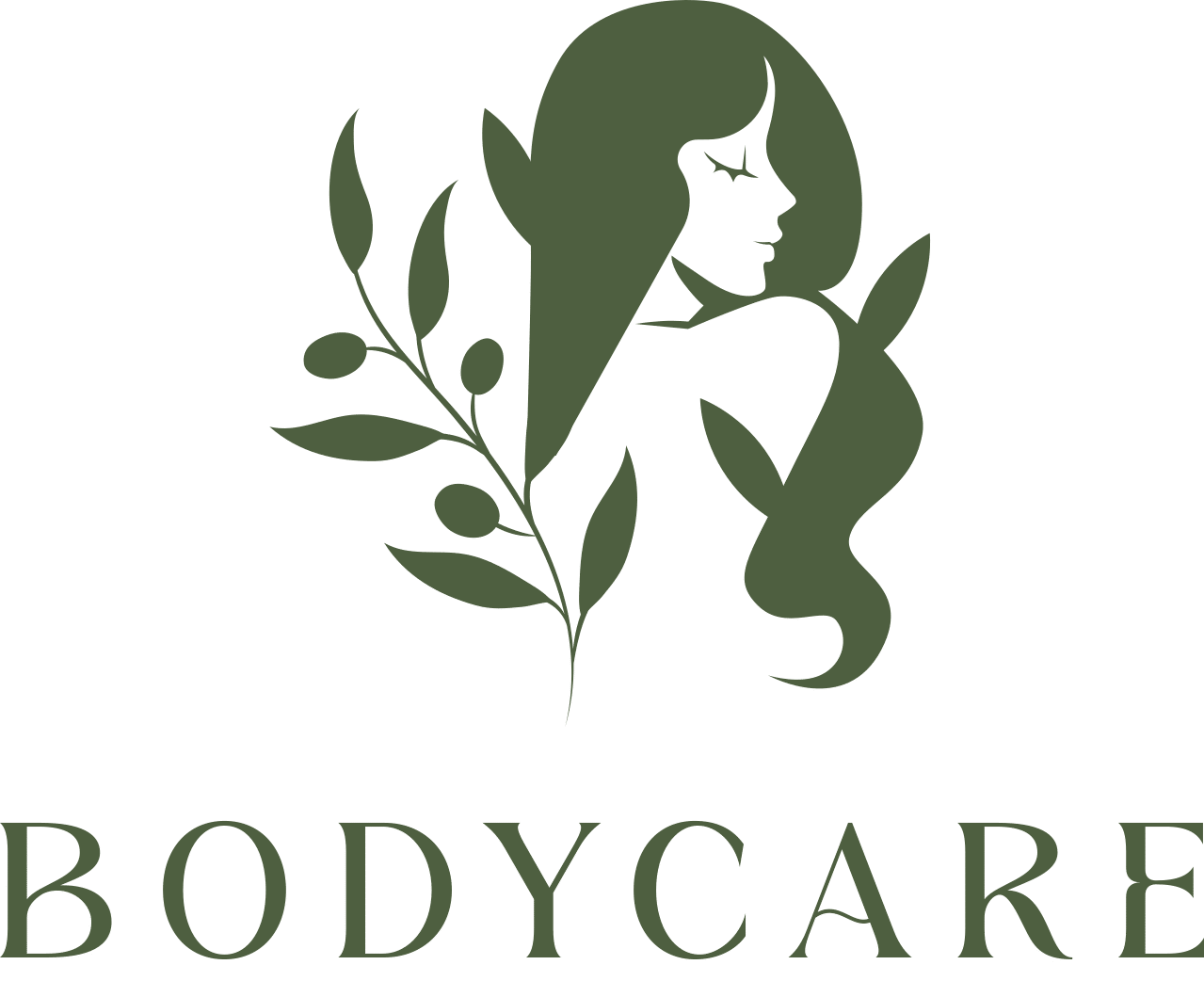What Is a Vampire Facial?
A vampire facial is a cosmetic procedure that harnesses the body’s natural healing properties to improve skin appearance. Officially termed a PRP facial, it involves two key components: microneedling and the application of platelet-rich plasma. Here’s how it works, based on insights from dermatologists and sources like the American Academy of Dermatology (AAD):
- Blood Draw and PRP Preparation: A small amount of blood (2–4 tablespoons) is drawn from your arm. The blood is placed in a centrifuge, a device that spins at high speeds to separate its components. This isolates the platelet-rich plasma—a clear, protein-rich serum containing a high concentration of platelets (up to 5–8 times more than normal blood). Platelets are packed with growth factors that promote tissue repair, collagen production, and cell regeneration.
- Microneedling: A dermatologist uses a device with tiny, sterile needles (0.5–2.5 mm in length) to create microchannels in the skin. These controlled injuries stimulate the body’s wound-healing response, triggering collagen and elastin production—key proteins for firm, youthful skin.
- PRP Application: The PRP is either applied topically, allowing it to penetrate the microchannels created by microneedling, or injected directly into targeted areas (e.g., around eyes or smile lines). The procedure takes 45–90 minutes, with minimal downtime.
Unlike a vampire facelift, which injects PRP with hyaluronic acid fillers for immediate volume, the vampire facial focuses on surface-level rejuvenation, addressing texture, fine lines, and scars. Its nickname stems from the blood-based process, though dramatic, bloody selfies (often staged for effect) exaggerate the procedure’s appearance.
The Science Behind PRP Facials
PRP’s efficacy lies in its growth factors, which stimulate cellular repair and collagen synthesis. Platelets release proteins like platelet-derived growth factor (PDGF) and transforming growth factor (TGF), which enhance tissue regeneration, per a 2018 study in JAMA Dermatology. Collagen, the skin’s structural foundation, declines by 1% annually after age 20, leading to wrinkles and sagging. By boosting collagen and elastin, PRP aims to counteract these signs of aging.
Clinical studies, such as a 2017 trial in Rejuvenation Research, found that PRP combined with fractional CO2 laser improved facial texture and reduced fine lines by 20–30% after three sessions. Another 2019 systematic review in PubMed reported modest improvements in facial skin texture and periorbital lines, though results varied due to inconsistent PRP preparation and application methods. While PRP’s use in orthopedics (e.g., joint healing) is well-established, its dermatological applications are still being researched, with limited large-scale trials.
Top Benefits of a Vampire Facial
The vampire facial offers multiple benefits, particularly for those seeking non-surgical anti-aging solutions. Here are the key advantages, based on expert opinions and patient feedback:
1. Stimulates Collagen and Elastin Production
PRP’s growth factors trigger collagen and elastin synthesis, improving skin firmness and elasticity. A 2023 study in Archives of Dermatological Research noted that PRP facials enhanced periorbital skin texture by 15–25% after four sessions. Patients report tighter, smoother skin, with results lasting up to 18 months with maintenance.
2. Improves Skin Texture and Tone
The combination of microneedling and PRP reduces rough texture, enlarged pores, and uneven tone. A 2021 Indian Dermatology Online Journal review found PRP effective for dullness and hyperpigmentation, with 70% of patients reporting brighter complexions after three sessions. Users on X, like @iluvsarahii, noted “radiant, smooth” skin two weeks post-treatment.
3. Reduces Fine Lines and Wrinkles
By promoting cell turnover, PRP facials soften fine lines, particularly around the eyes and mouth. A 2018 JAMA Dermatology trial reported a 10–20% reduction in smile lines after PRP injections versus saline. Dermatologist Dr. Marisa Garshick notes that multiple sessions enhance these effects over time.
4. Minimizes Acne Scars and Hyperpigmentation
PRP’s regenerative properties help fade acne scars and sun damage. A 2019 Journal of the American Academy of Dermatology study found PRP improved acne scarring by 15% when combined with microneedling, outperforming microneedling alone. Dr. Pooja Rambhia highlights its efficacy for uneven tone in darker skin types.
5. Minimal Downtime and Natural Approach
The procedure is non-surgical, with redness and swelling subsiding within 12–48 hours. Since PRP uses your own blood, risks of allergic reactions are low, making it a “natural” alternative to fillers or lasers. Patients can resume normal activities quickly, often returning to work the next day.
6. Versatile Applications
Beyond facial rejuvenation, PRP treats hair loss, scars, and stretch marks. A 2014 study in Dermatologic Surgery showed PRP increased hair density by 20% in androgenic alopecia patients. Its versatility appeals to those addressing multiple concerns.
7. High Patient Satisfaction
Despite modest clinical results (typically <50% improvement), patients report high satisfaction due to visible glow and texture enhancements. A 2019 PubMed review noted 80% of participants were pleased with outcomes, valuing the natural look.
Risks and Considerations
While vampire facials are generally safe when performed by board-certified dermatologists, risks exist:
- Side Effects: Redness, swelling, and mild bruising are common, resolving within days. Itching or peeling may occur for 3–5 days.
- Infection Risk: A 2024 CDC report linked three HIV cases to unlicensed PRP facials in New Mexico, highlighting the need for sterile practices. Always choose a licensed provider with medical-grade facilities.
- Inconsistent Results: Limited evidence and variability in PRP preparation lead to unpredictable outcomes. The AAD notes that PRP cannot restore youthful skin dramatically.
- Contraindications: PRP is not recommended for those with blood disorders (e.g., thrombocytopenia), HIV, hepatitis C, skin cancer, or those on blood thinners.
- Cost: Sessions range from $700–$2,000, with 3–6 treatments needed for optimal results, totaling $2,100–$12,000. Maintenance sessions add to costs, and insurance does not cover cosmetic procedures.
Is a Vampire Facial Worth It in 2025?
Determining whether a vampire facial is worth it depends on your goals, budget, and skin concerns. Here’s a breakdown of factors to consider:
Pros
- Non-Invasive: No surgery or extended recovery, ideal for busy lifestyles.
- Natural Results: Enhances skin without altering features, unlike fillers or Botox.
- Customizable: Targets specific issues (e.g., scars, wrinkles) via microneedling or injections.


